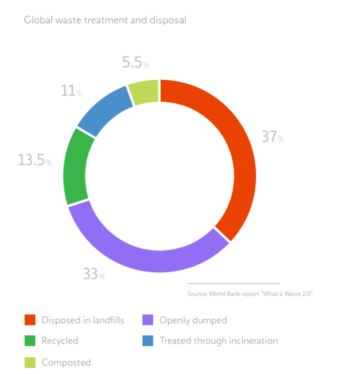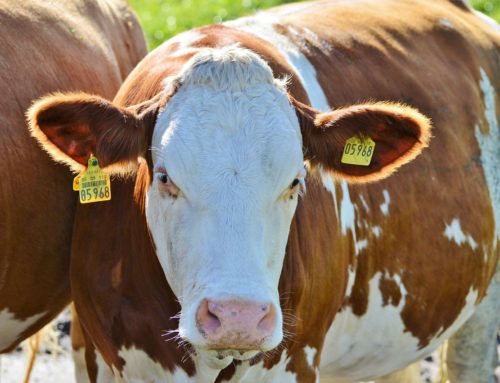
The European Suppliers of Waste-to-Energy Technology (ESWET), has released its Vision titled “Waste-to-Energy 2050: clean technologies for sustainable waste management”, to present the Waste-to-Energy plant of the future and to explore the role of Waste-to-Energy in future waste management systems in Europe and beyond. Recent World Bank’s predictions state that waste generation will increase by 60 % worldwide by 2050 and ESWET’s figures show that 70% of municipal waste is still dumped. ESWET’s vision makes the case that there is a need to roll out globally sound waste management technologies including Waste-to-Energy to improve recycling and recovery and reduce dumpsites.
Waste-to-Energy technologies treat residual waste (waste not fit for re-use or recycling and would otherwise be landfilled); such as contaminated biomass (wood treated with wood preservatives). Waste-to-Energy plants transform this biomass waster into energy which is used for electricity generation, for heating and cooling and for various industrial applications. ESWET’s vision is to move to the future of Waste-to-Energy. Where the biomass waste stream is circular, fully sustainable and widespread globally: hydrogen fuelled trucks will bring residual waste to the plant; while unloading the waste, they will refuel at the hydrogen station (a product of the waste-to-energy facility), thus avoiding fossil fuels use. The goal is to grow the amount of facilities heated and cooled by the energy recovered from waste and to grow Waste-to-Water processes that will improve waste management in desert areas, and the energy recovered from the waste will power seawater desalination plants to produce drinking water.
ESWET sees the facilities not simply as a municipal trash buring facility but that these Waste-to-Energy plants will turn into sport centers, with ski slopes, climbing chimneys, and tennis courts, and community places with education centers for school activities and even restaurants (with a vantage points).







Leave A Comment